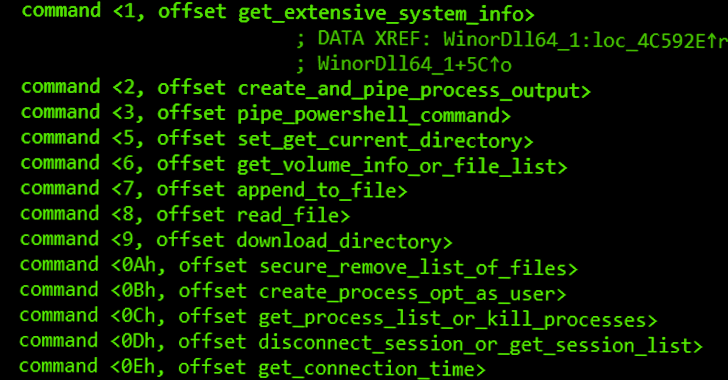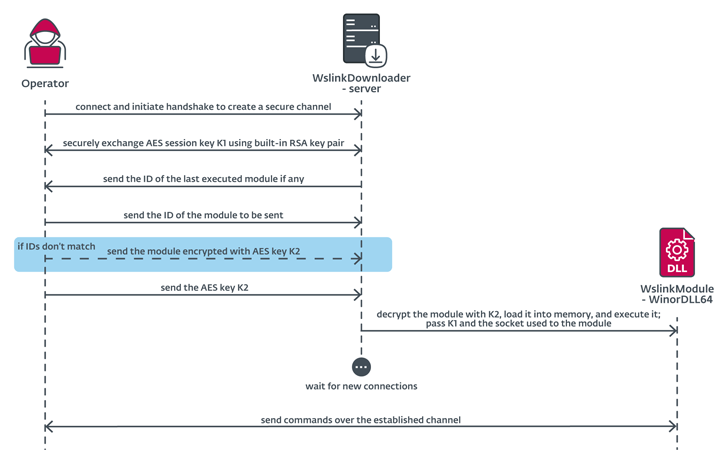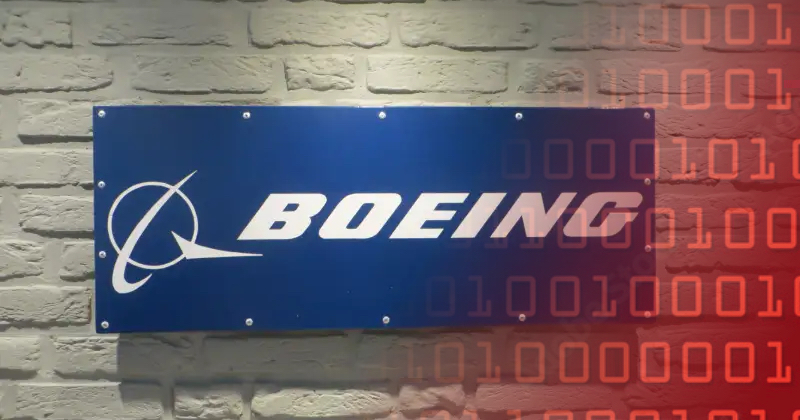
A
new
backdoor
associated
with
a
malware
downloader
named
Wslink
has
been
discovered,
with
the
tool
likely
used
by
the
notorious
North
Korea-aligned
Lazarus
Group,
new
findings
reveal.
The
payload,
dubbed
WinorDLL64
by
ESET,
is
a
fully-featured
implant
that
can
exfiltrate,
overwrite,
and
delete
files;
execute
PowerShell
commands;
and
obtain
comprehensive
information
about
the
underlying
machine.
Its
other
features
comprise
listing
active
sessions,
creating
and
terminating
processes,
enumerating
drives,
and
compressing
directories.
Wslink
was
first
documented
by
the
Slovak
cybersecurity
firm
in
October
2021,
describing
it
as
a
“simple
yet
remarkable”
malware
loader
that’s
capable
of
executing
received
modules
in
memory.
“The
Wslink
payload
can
be
leveraged
later
for
lateral
movement,
due
to
its
specific
interest
in
network
sessions,”
ESET
researcher
Vladislav
Hrčka
said.
“The
Wslink
loader
listens
on
a
port
specified
in
the
configuration
and
can
serve
additional
connecting
clients,
and
even
load
various
payloads.”
Intrusions
leveraging
the
malware
are
said
to
be
highly
targeted
owing
to
the
fact
that
only
a
handful
of
detections
have
been
observed
to
date
in
Central
Europe,
North
America,
and
the
Middle
East.
In
March
2022,
ESET
elaborated
on
the
malware’s
use
of
an
“advanced
multi-layered
virtual
machine”
obfuscator
to
evade
detection
and
resist
reverse
engineering.
The
links
to
Lazarus
Group
stem
from
overlaps
in
behavior
and
code
to
that
of
previous
campaigns
–
Operation
GhostSecret
and
Bankshot
–
which
have
been
attributed
to
the
advanced
persistent
threat.
This
includes
similarities
with
the
GhostSecret
samples
detailed
by
McAfee
in
2018,
which
come
with
a
“data-gathering
and
implant-installation
component”
that
runs
as
a
service,
mirroring
the
same
behavior
of
Wslink.
ESET
said
the
payload
was
uploaded
to
the
VirusTotal
malware
database
from
South
Korea,
where
some
of
the
victims
are
located,
adding
credence
to
the
Lazarus
involvement.
The
findings
are
once
again
demonstrative
of
the
vast
arsenal
of
hacking
tools
employed
by
the
Lazarus
Group
to
infiltrate
its
targets.
“Wslink’s
payload
is
dedicated
to
providing
means
for
file
manipulation,
execution
of
further
code,
and
obtaining
extensive
information
about
the
underlying
system
that
possibly
can
be
leveraged
later
for
lateral
movement,”
ESET
said.
this
article
interesting?
Follow
us
on
and
to
read
more
exclusive
content
we
post.











